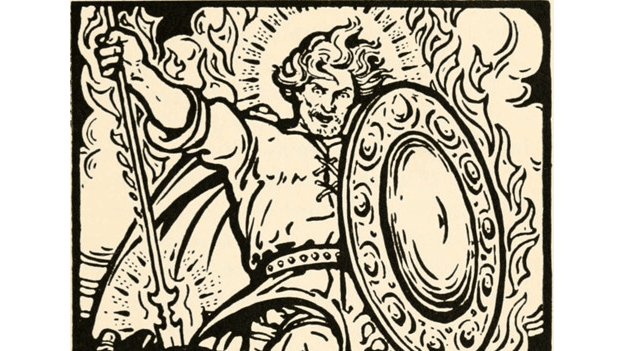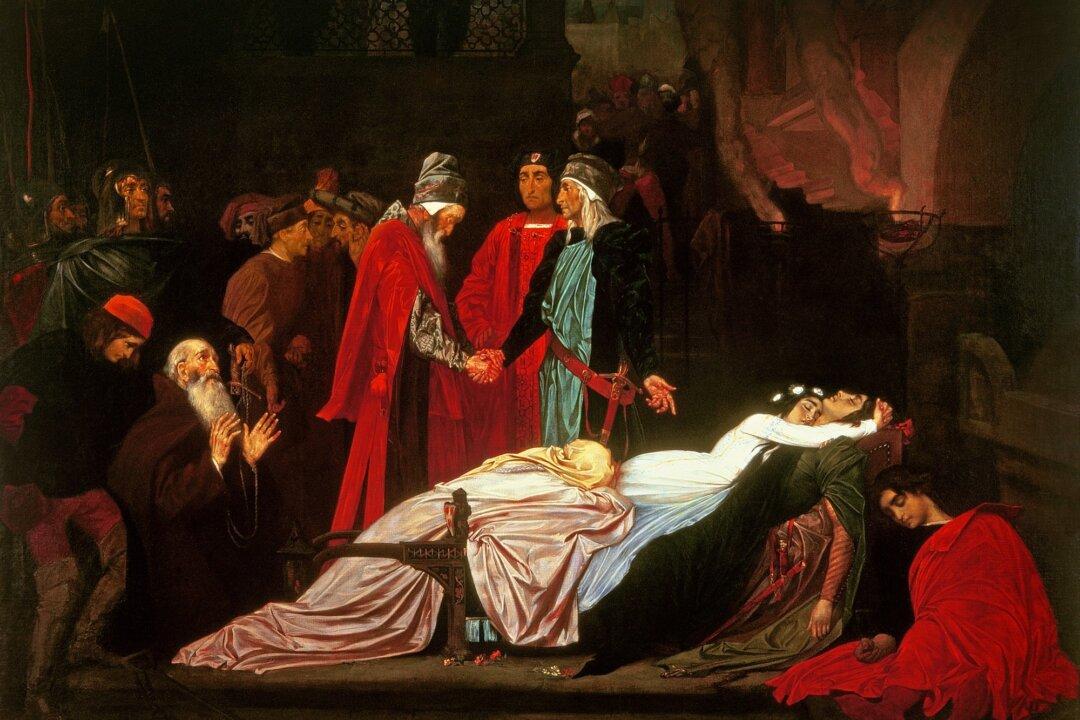St. Patrick’s Day has come and gone, but that’s no reason to stop celebrating the heritage of the Irish. The folk stories of Gaelic heroes are a rich source of imaginative literature for children and adults alike. The greatest of these heroes is the legendary Finn MacCool.
While Finn is the subject of many legends, some of his tales best exemplify the four qualities of Gaelic folktales: They are strange, inspiring, funny, and profound.





